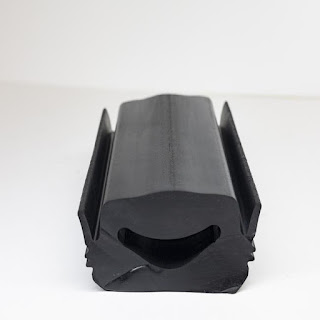EPDM rubber seals
EPDM (ethylene propylene diene monomer) rubber seals are widely used in various industries for sealing applications due to their excellent properties. EPDM rubber is known for its resistance to weathering, UV exposure, ozone, and a wide range of chemicals. Here are some key aspects and common uses of EPDM rubber seals: 1. **Material Properties:** - **Weather Resistance:** EPDM rubber is highly resistant to weathering and can withstand exposure to sunlight, rain, and extreme temperatures without significant degradation. - **UV Resistance:** EPDM has good resistance to ultraviolet (UV) radiation, making it suitable for outdoor applications. - **Chemical Resistance:** EPDM rubber exhibits resistance to various chemicals, acids, and alkalis. - **Temperature Range:** EPDM remains flexible at low temperatures and can withstand moderate to high temperatures, making it suitable for a wide range of environments. 2. **Common Applications:** - **Automotive Seals:** EPDM rubber is...

